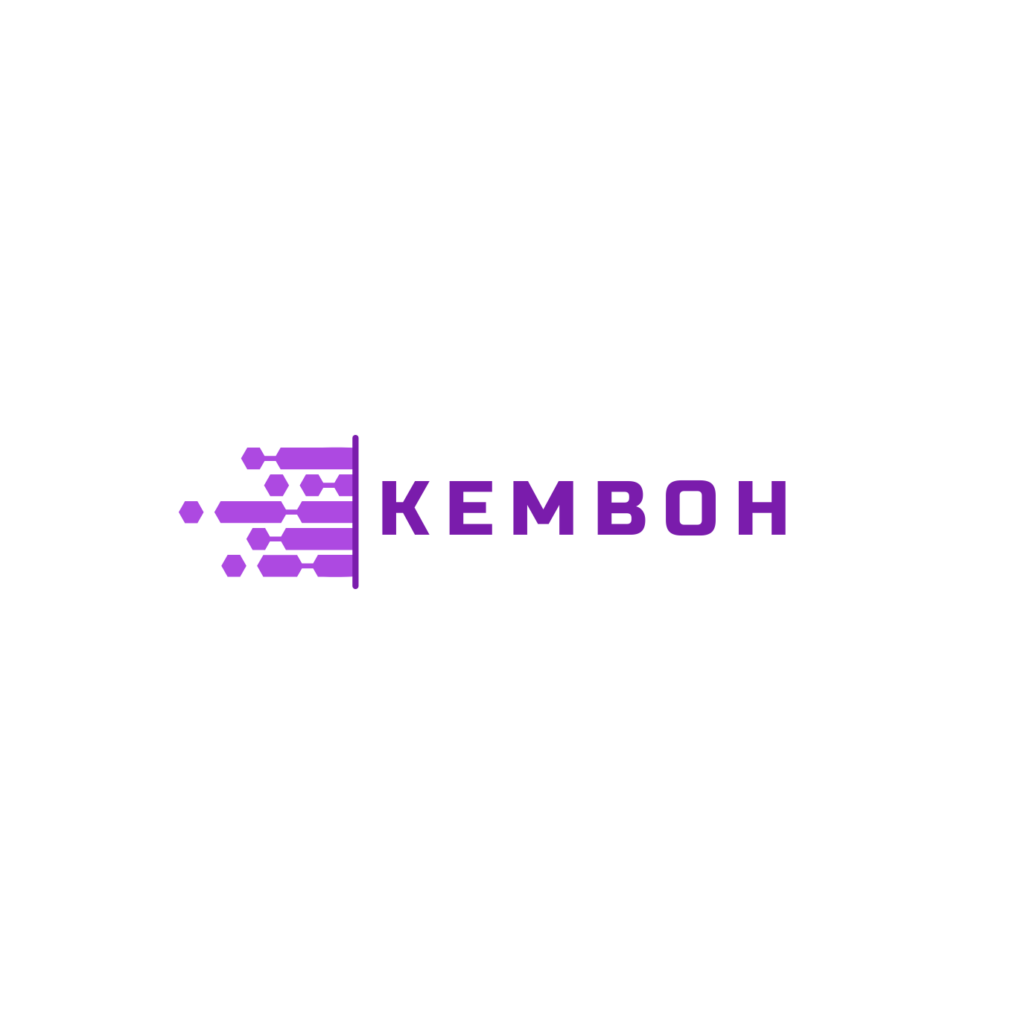Freelancing offers flexibility, independence, and the chance to work with diverse clients worldwide. However, this journey is not always smooth. A key challenge many freelancers face is dealing with demanding clients. Handling these clients professionally is crucial to maintaining your reputation and ensuring long-term success.
Professionalism is the foundation for building trust and fostering positive relationships in freelancing. It enables you to navigate even the most challenging client interactions gracefully and effectively. Demanding clients can bring various issues, such as miscommunication, delays, or unrealistic expectations, which can test your patience and resolve.
Instead of viewing these challenges as roadblocks, consider them opportunities to grow and strengthen your skills. No matter how tough, each interaction provides valuable lessons that can help you refine your processes and improve your client management strategies.
Identifying a Difficult Client
Before you can handle a difficult client effectively, it’s essential to recognize the signs early. While every freelancer may have their definition of a challenging client, some traits are universally considered red flags.
Common Traits of Difficult Clients
- Unclear Instructions: Some clients struggle to articulate what they want, leaving freelancers to interpret vague or incomplete briefs. This often leads to misunderstandings, frustration, and extra work.
- Unrealistic Expectations: Clients who expect perfection at lightning speed for a fraction of the cost can make the freelancing experience highly stressful. Unrealistic deadlines or goals are key indicators of potential trouble.
- Frequent Changes or Revisions: Clients who constantly change their minds or request excessive revisions without considering the original agreement can derail a project’s progress and timeline.
- Delayed Responses or Payments: Slow communication or reluctance to pay on time are significant warning signs. Such clients can disrupt your cash flow and productivity.
How to Spot Red Flags During Initial Interactions
Spotting a difficult client early can save you time and stress. Here are a few tips:
- Pay Attention During the Consultation Call: If a client is vague about their goals or hesitates to commit to specifics, it might signal future issues with clarity.
- Notice Their Communication Style: Clients who respond with short, unclear messages or show signs of hostility during initial conversations may prove challenging to work with.
- Ask the Right Questions: Use the discovery phase to ask detailed questions about their expectations, deadlines, and budget. Hesitant or overly demanding answers could indicate trouble.
- Trust Your Instincts. If something feels off during your early interactions, it’s okay to walk away or set stricter terms in your agreement.
By identifying demanding clients upfront, you can decide whether to proceed cautiously, implement stricter boundaries, or decline the project altogether.
Setting Clear Expectations
Establishing clear expectations is one of the most effective ways to handle demanding clients. This reduces misunderstandings and provides a framework to refer to if issues arise.
Importance of a Well-Defined Contract
A contract is your best defence against potential conflicts. It should outline all aspects of the project, including:
- Scope of Work: Clearly define what tasks you will and won’t do. Specify deliverables, timelines, and the exact services you’re offering.
- Payment Terms: Include payment milestones, due dates, and preferred payment methods. Specify if you require an upfront deposit.
- Revision Policies: Limit the number of revisions included in the price and mention any additional costs for extra revisions or changes outside the original scope.
Communicating Boundaries and Timelines Early
From the initial discussion, communicate your working hours, response times, and availability. Explain the expected completion timeline and ensure the client understands and agrees to these boundaries.
Using Project Management Tools for Transparency
Project management tools like Trello, Asana, or Monday.com can help you organize everything. Share progress updates, deadlines, and deliverables with your client to maintain transparency and minimize misunderstandings.
Developing Strong Communication Skills
Effective communication is essential for managing any client, especially challenging ones. It helps build trust and ensures that both parties are on the same page.
Active Listening to Understand Client Concerns
Listen attentively to what the client is saying. Acknowledge their concerns and ask clarifying questions to ensure you fully understand their needs.
Using Polite and Professional Language
Maintain a calm and respectful tone in all interactions, even if the client becomes difficult. Avoid using emotional or defensive language, as it can escalate conflicts.
Confirming Details in Writing
Always summarize discussions and agreements in writing via email or a shared document. This creates a reference point and reduces the chances of miscommunication.
Handling Emotional or Aggressive Behavior Calmly
If a client becomes emotional or aggressive, stay calm. Responding calmly can help de-escalate the situation. If needed, take a break and revisit the conversation later when emotions have settled.
Managing Revisions and Scope Creep
Revisions and scope creep are common challenges freelancers face. Managing these effectively requires clear policies and assertive communication.
How to Politely Decline Additional Work Outside the Agreed Scope
When a client requests work beyond the original agreement, explain politely that it’s outside the scope. If appropriate, offer to provide an additional quote for the extra work.
Implementing a Revision Limit in Contracts
To prevent endless changes, include a revision limit in your contract. For example, specify that the project includes up to three rounds of revisions, with additional revisions billed separately.
Addressing Scope Creep with Add-On Charges
When clients request significant changes or additional features, present a detailed estimate of the extra costs and time required. This helps manage their expectations and ensures you’re compensated fairly for the additional work.
Resolving Payment Issues
Payment disputes can be one of the most stressful aspects of freelancing. Establishing secure payment practices and addressing issues promptly is crucial.
Ensuring Advance Payments for Security
Requesting an upfront payment or a deposit safeguards your work and reduces financial risk. Many freelancers opt for a 30-50% advance to ensure commitment from the client.
Strategies to Follow Up on Overdue Invoices
- Polite Reminders: Send a friendly reminder email when a payment is overdue. Include the invoice details and a link for easy payment.
- Escalation Strategies: If reminders don’t work, consider escalating the matter. Use stronger but still professional language, and mention the possibility of late fees or halting work until payment is received.
How to Handle Complete Non-Payment Situations
In cases of non-payment, consider these steps:
- Mediation Services: Platforms like PayPal or freelancing websites often provide dispute resolution services.
- Legal Action: If the amount is significant, seek legal advice or hire a collections agency. This should be a last resort but is necessary in extreme cases.
Staying Professional During Conflicts
Conflicts are inevitable in freelancing, but your response can make a difference. Professionalism helps preserve your reputation and maintain constructive relationships.
Avoiding Emotional Responses in Heated Situations
Stay calm and composed during disagreements. Emotional responses can escalate conflicts, while a measured approach focuses on resolution.
Offering Solutions Rather Than Focusing on the Problem
When issues arise, propose actionable solutions. For example, offer revisions or alternative approaches if a client is unhappy with a deliverable.
Knowing When to Walk Away and End a Toxic Client Relationship
Sometimes, the best solution is to part ways. If a client becomes abusive or unreasonable, terminate the contract professionally and clearly, ensuring all terms are respected.
Learning from Experience
Each challenging client interaction offers valuable lessons. Use these experiences to improve your processes and grow as a freelancer.
Analyzing What Went Wrong and How to Improve
Reflect on the situation and identify areas for improvement. Could you have set more explicit expectations or communicated more effectively?
Redefining Client Screening Processes for the Future
Refine your client onboarding process. Develop a questionnaire or checklist to assess potential clients’ needs and compatibility better.
Building Resilience and Improving Negotiation Skills
Demanding clients can strengthen your ability to stay calm under pressure and negotiate effectively. Use these skills to handle future challenges with confidence.
Tools and Resources to Make Freelancing Easier
Using the right tools can simplify client management and reduce stress.
Recommended Project Management Tools
- Trello: Ideal for organizing tasks and tracking progress.
- Asana: Helps manage complex projects with multiple collaborators.
Invoicing and Payment Solutions
- PayPal and Wise: Secure platforms for international payments.
- Wave: Free invoicing software with integrated payment options.
Communication Tools to Stay Organized
- Slack: Streamlines client communication.
- Zoom: Perfect for virtual meetings and presentations.
Conclusion
Every freelancer must develop the skill of handling demanding clients. By setting clear expectations, communicating effectively, and staying professional, you can navigate even the most challenging situations.
Remember, every challenge is an opportunity to grow. Use complex interactions as learning experiences to refine your processes and build resilience. With the right mindset and strategies, you can turn these obstacles into stepping stones toward becoming a stronger and more successful freelancer.









